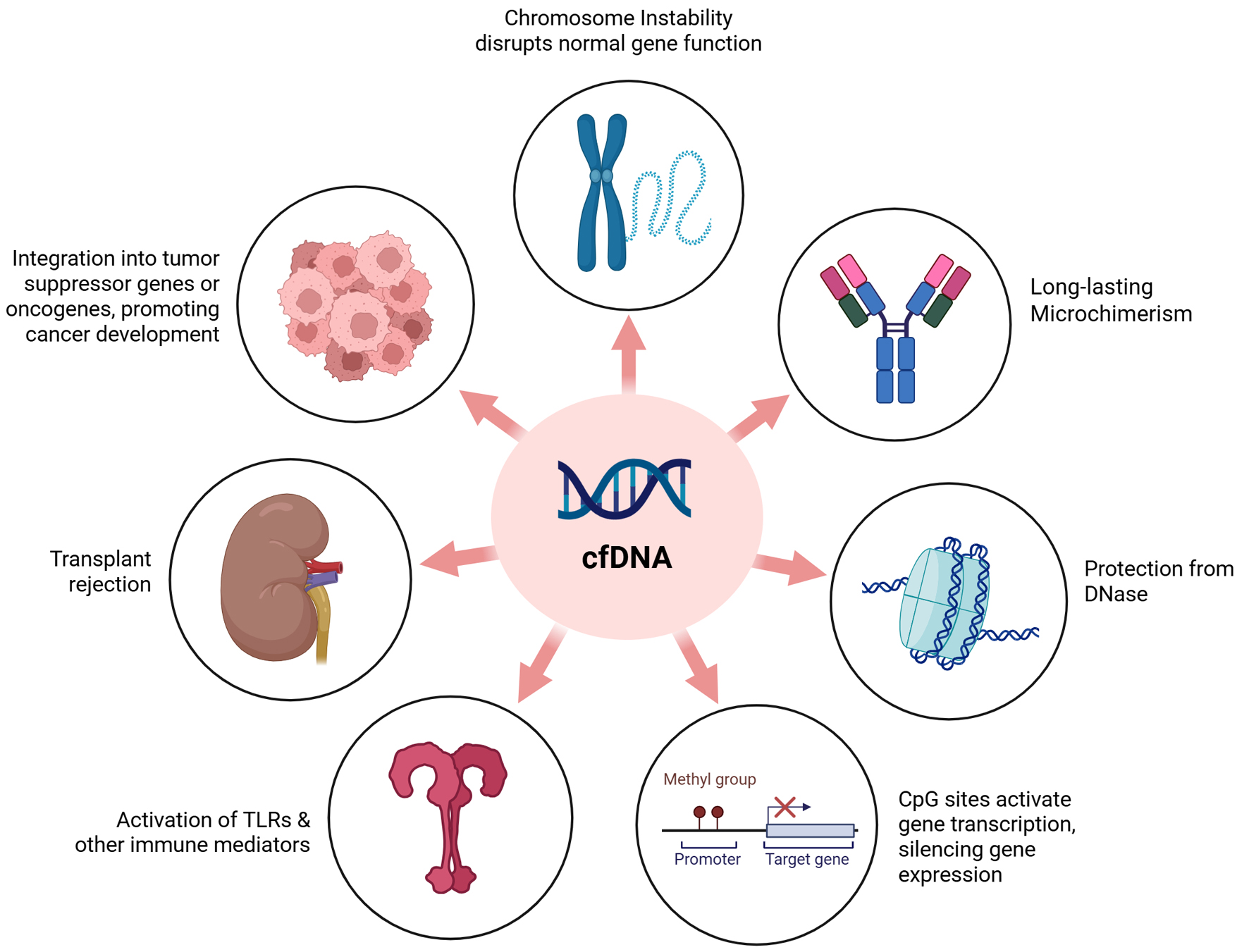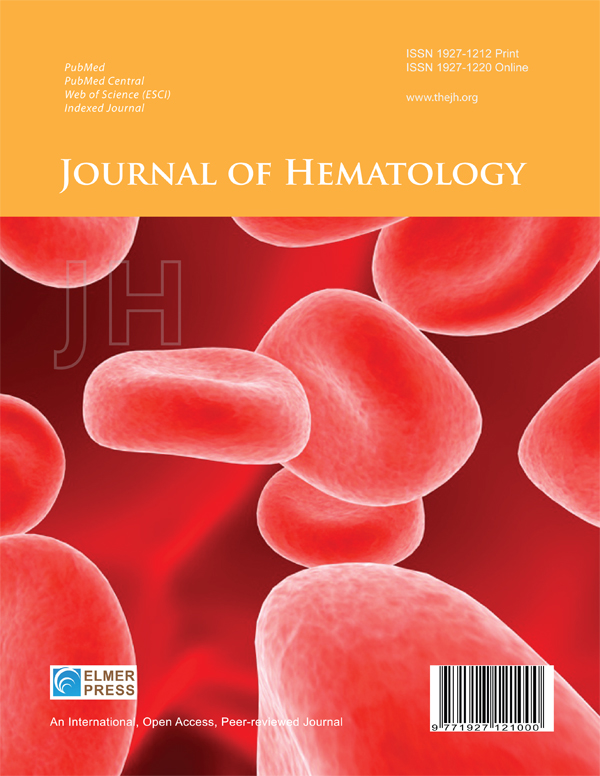Beyond the Blood Cell: The Emerging Role of Cell-Free DNA in Transfusion Medicine
DOI:
https://doi.org/10.14740/jh2064Keywords:
Cell-free DNA, Microchimerism, Allogeneic transfusion, PRBCs, Epigenetics, Gene transfer, Immune activationAbstract
Cell-free DNA (cfDNA) consists of fragmented nuclear and mitochondrial DNA circulating in the bloodstream, primarily originating from hematopoietic cells. While cfDNA analysis has transformed diagnostic medicine, its presence in transfused blood products introduces emerging clinical concerns. Donor-derived cfDNA may persist in transfusion recipients and contribute to transfusion-associated microchimerism, defined as the long-term presence of donor genetic material in recipient tissues or circulation. These fragments have potential to integrate into the host genome, modify DNA methylation and histone structure, and activate innate immune pathways such as Toll-like receptors. In addition to nuclear and mitochondrial sources, cfDNA in transfused blood may include environmental or dietary DNA acquired by donors, further influencing immune regulation. Current leukoreduction methods do not eliminate cfDNA or prevent microchimerism. This review synthesizes current evidence regarding the persistence, genomic integration, and immunologic impact of cfDNA in transfusion recipients. The findings highlight an urgent need for further investigation and refinement of blood processing practices to ensure transfusion safety and protect recipient health.

Published
Issue
Section
License
Copyright (c) 2025 The authors

This work is licensed under a Creative Commons Attribution-NonCommercial 4.0 International License.








